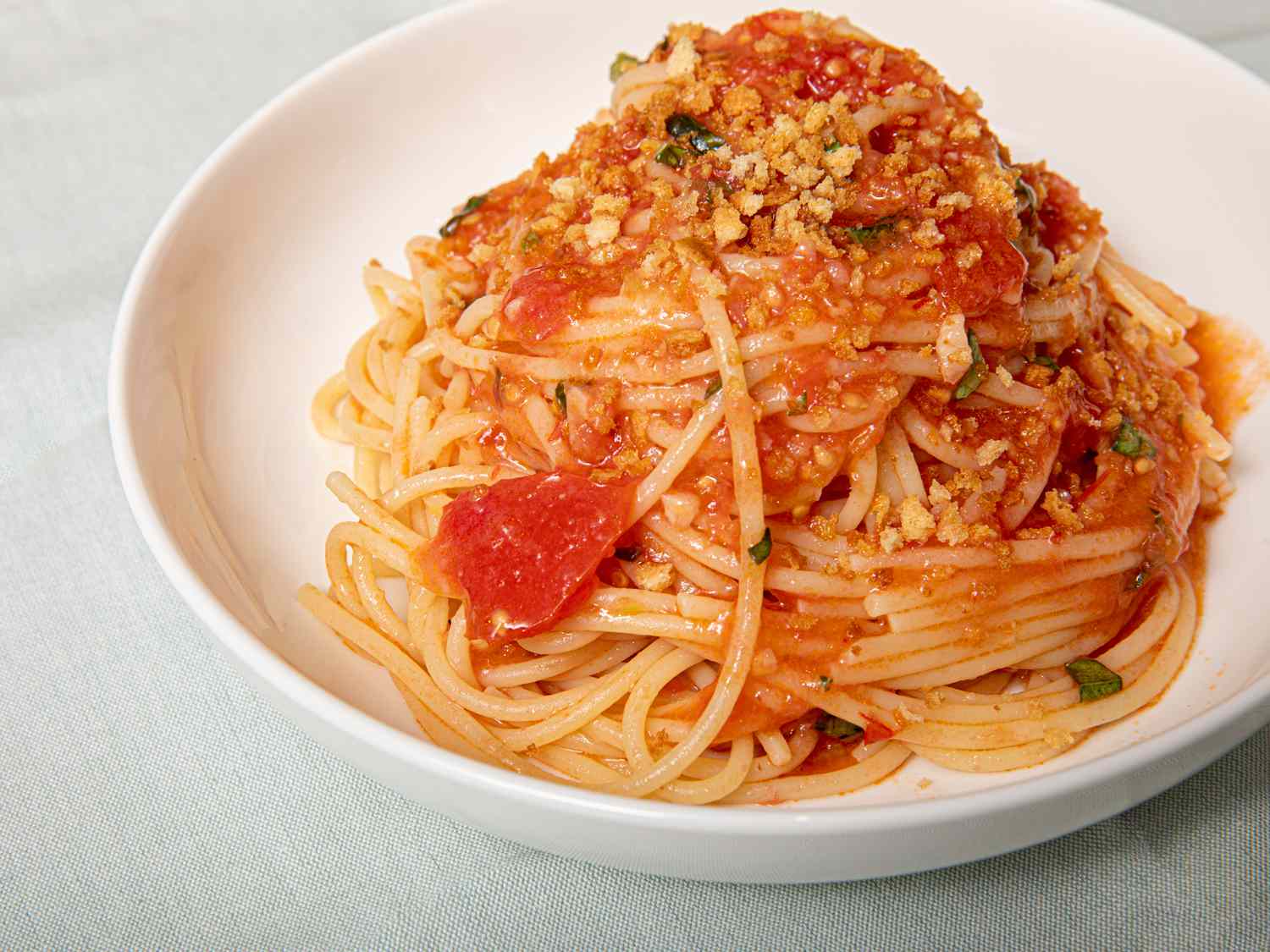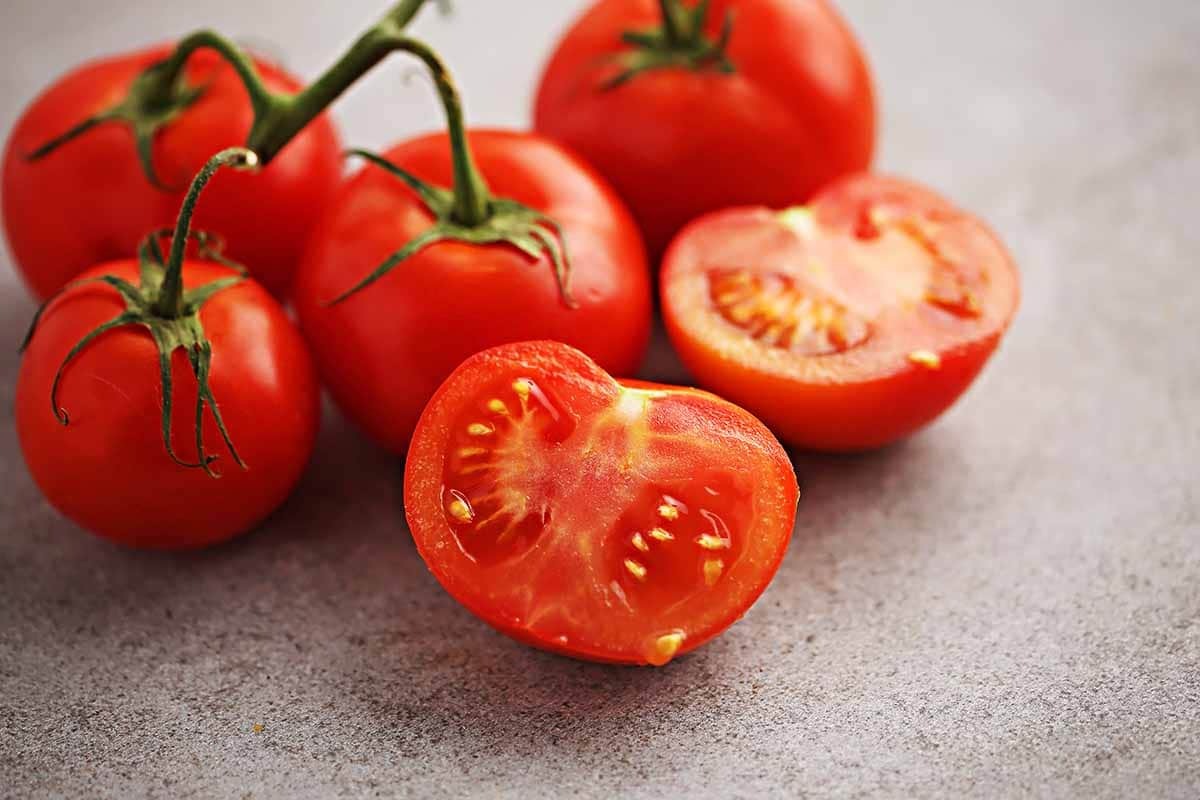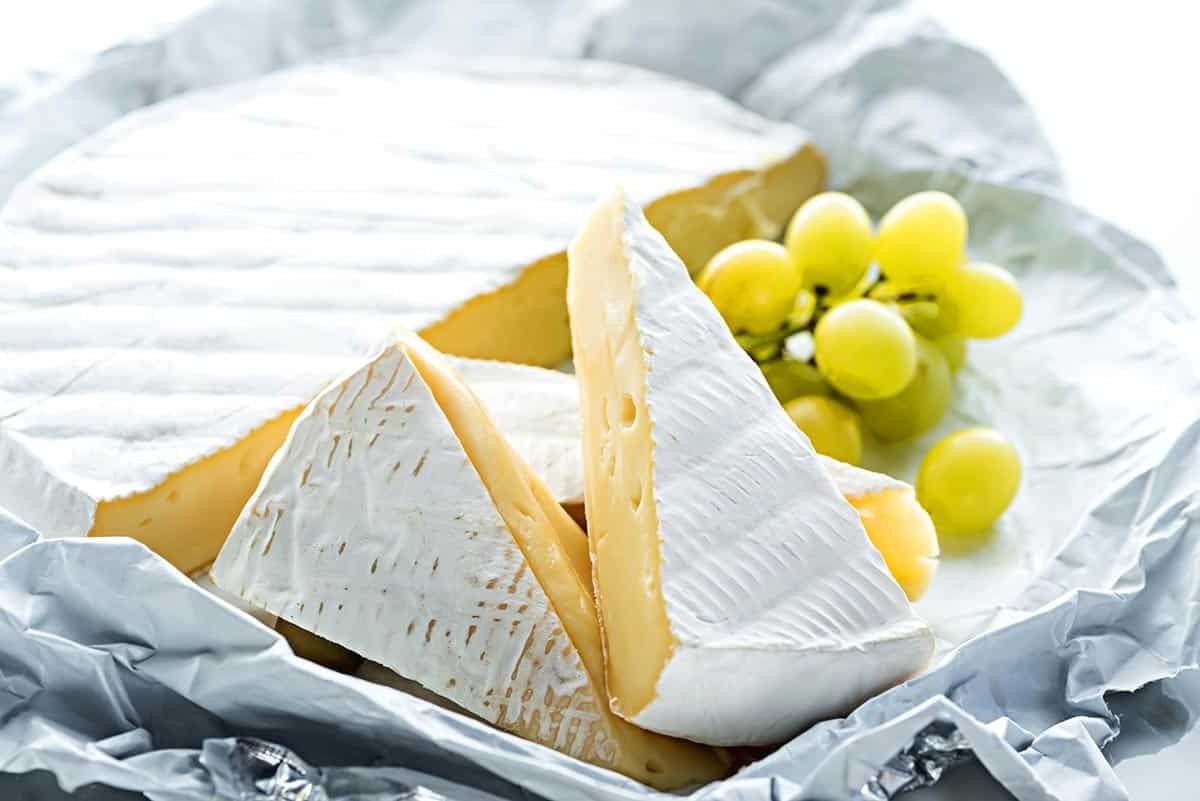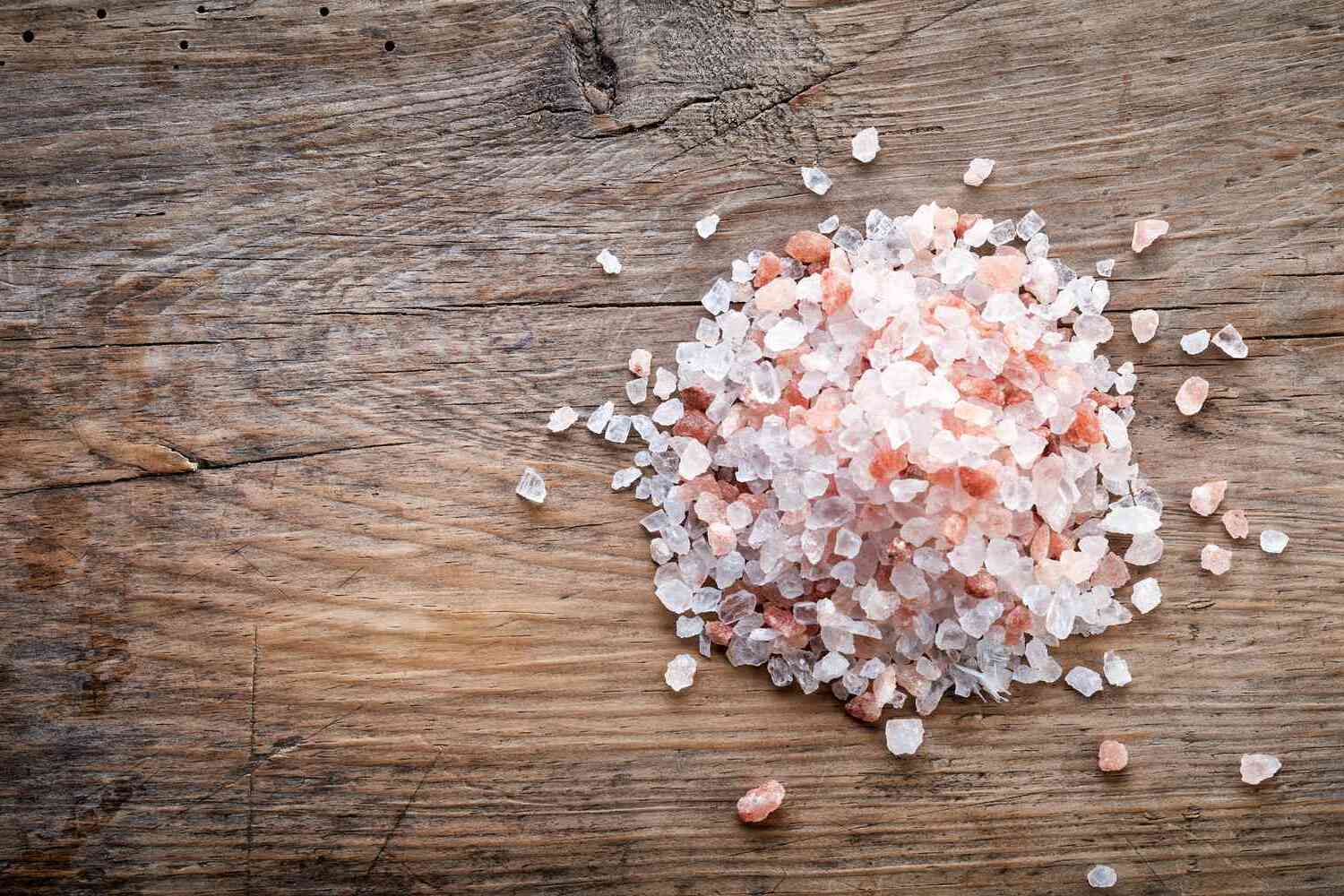Understanding the Delightful Sabayon Dessert
Have you ever heard of a sabayon? If not, you’re in for a treat! Sabayon is a delightful dessert that has been enjoyed for centuries. It is a light and airy concoction that is perfect for topping off a meal or enjoying on its own. In this article, we’ll explore what exactly a sabayon is, its history, and how it is made.
What is Sabayon?
Sabayon, also known as zabaglione, is a classic Italian dessert that is made by whisking together egg yolks, sugar, and a sweet wine, such as Marsala. The mixture is gently heated over a double boiler until it becomes thick, creamy, and foamy. The result is a luscious, custard-like dessert that can be served warm or chilled.
The History of Sabayon
The origins of sabayon can be traced back to Italy, where it has been enjoyed for centuries. It is believed to have been created in the 16th century, and its popularity has only grown since then. Originally, it was enjoyed as a beverage, but over time, it evolved into the delectable dessert we know today.
How is Sabayon Made?
Making sabayon is a relatively simple process, but it requires a bit of finesse to get it just right. Here’s a basic recipe for making sabayon:
- Separate the egg yolks from the whites.
- Whisk the egg yolks and sugar together until they are pale and thick.
- Gradually add the sweet wine while continuing to whisk the mixture.
- Place the bowl over a pot of simmering water, making sure the bottom of the bowl does not touch the water.
- Continue to whisk the mixture gently but constantly until it thickens and becomes foamy.
- Remove the sabayon from the heat and continue to whisk for a minute or two to cool slightly.
- Serve the sabayon warm or chill it in the refrigerator before serving.
Once you have mastered the basic sabayon recipe, you can get creative and experiment with different flavors and serving options. Sabayon pairs beautifully with fresh berries, citrus fruits, and even a drizzle of chocolate sauce.
Enjoying Sabayon
Sabayon is a versatile dessert that can be enjoyed in a variety of ways. It can be served on its own in elegant glassware, spooned over fresh fruit, or used as a topping for cakes and pastries. Its light and airy texture makes it a perfect way to end a meal on a sweet note.
Whether you are a seasoned chef or a novice in the kitchen, sabayon is a dessert that is sure to impress. Its rich history, simple preparation, and delightful flavor make it a standout in the world of desserts. So, why not give sabayon a try and experience the magic of this classic Italian treat?
Now that you know all about sabayon, it’s time to roll up your sleeves and try making this delectable dessert for yourself. With a few simple ingredients and a little bit of patience, you can create a sweet and creamy sabayon that is sure to delight your taste buds. Buon appetito!
Was this page helpful?
Read Next: What Is The Origin Of Pulled Pork?











